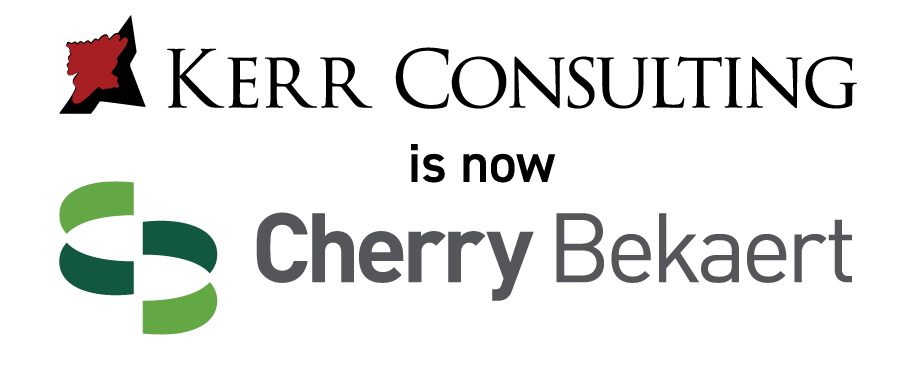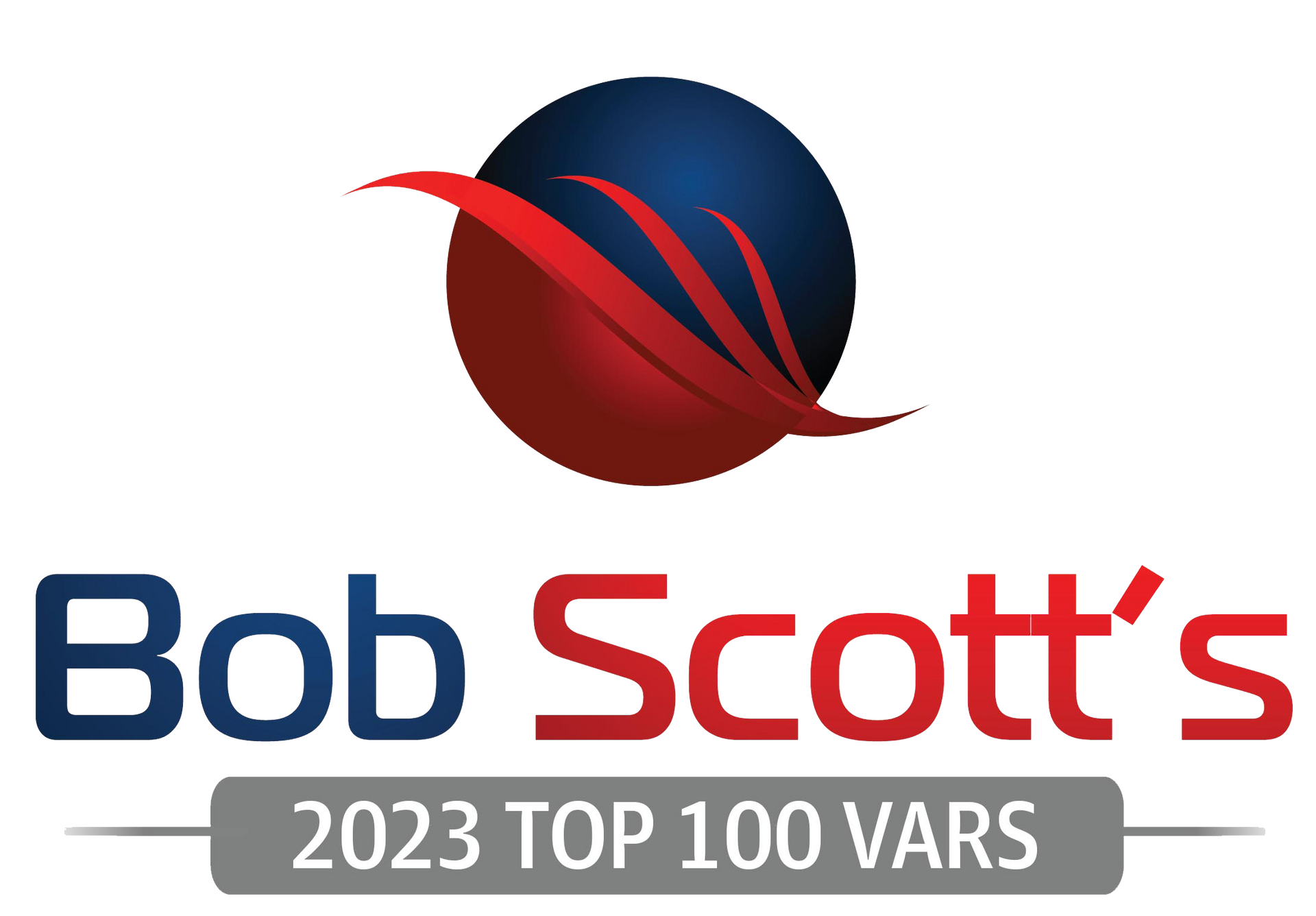Weigh the Benefits of AP Automation
February 23, 2018
Weigh the Benefits of AP Automation
PROS AND CONS OF AP AUTOMATION
Partners research firm offers a convenient description of how companies benefit in taking steps towards automation: “AP departments can establish a clear view into the current state of operations — what is happening today — and then take the opportunity to clearly define the new AP processes — what should happen tomorrow.”
Often what is currently happening is that businesses are struggling with manual payable processes, hindering their view of how many resources could be saved, and moreover how much they could increase efficiency, by automating. We’ve all heard the praise for AP automation, so instead here we will break down the difference between Low Automation and High Automation companies, and more critically the business and financial impact of what should be done in the future.
A Low Automation Company receives most invoices via mail or email, following with a manual payable process. LAC’s must manually enter data into their ERP and deliver physical copies invoices throughout their operation for approval. Needless to say this process leaves a great deal of room for error; invoices go unnoticed or get lost in the ether. Furthermore, there isn’t an efficient way of tracking where a particular invoice is in the approval process.
Conversely, High Automation Companies receive most of their invoices through Electronic Data Interchange (EDI) — computer-to-computer exchange of business documents— with minimal human interaction needed for processing. This is the essence of AP automation, but it isn’t plausible for all mid-sized organizations to fully automate. It can be costly and counterproductive for both suppliers and customers to allocate IT resources solely to invoice processing. Sending paper seems more plausible, which brings us right back to the source of our troubles! However most firms who make the switch to automation can have a single payables clerk process nearly 3,000 more invoices monthly versus a manual process. That’s a remarkable improvement, with a remarkably slim margin of error.
THE COST
All costs considered (that’s factoring facility, paper, salaries, time, and storage), Low Automation Companies
pay about $15.55 for a single invoice. By contrast, High Automation Companies
pay only $3.20 per invoice, given they avoid late payment fees and encounter early payment discounts, as well as save greatly on often overlooked consumables.
Low Automation Companies’ average processing time is 30 days, whereas High Automation reduces that to 3 days.
One other benefit is that improved invoice processing allows for greater growth while also maintaining existing staffing. It also allows AP staff to be more concise with their actions, continuing the theme of automation’s overall human benefits.
All and all companies need solutions that:
- Leverage technology while allowing for maximum flexibility.
- Reconcile discrepancies in invoice format and allow suppliers to choose.
- Utilize technology to close these discrepancies and better allocate AP staff.
With the automation of AP Processes comes an influx of new possibility, and the potential for vast new applications of resources, causing AP departments to actually surge in profitability.
We invite you to collaborate with us to outsource and automate business practices with our Managed Services offerings and custom development.








